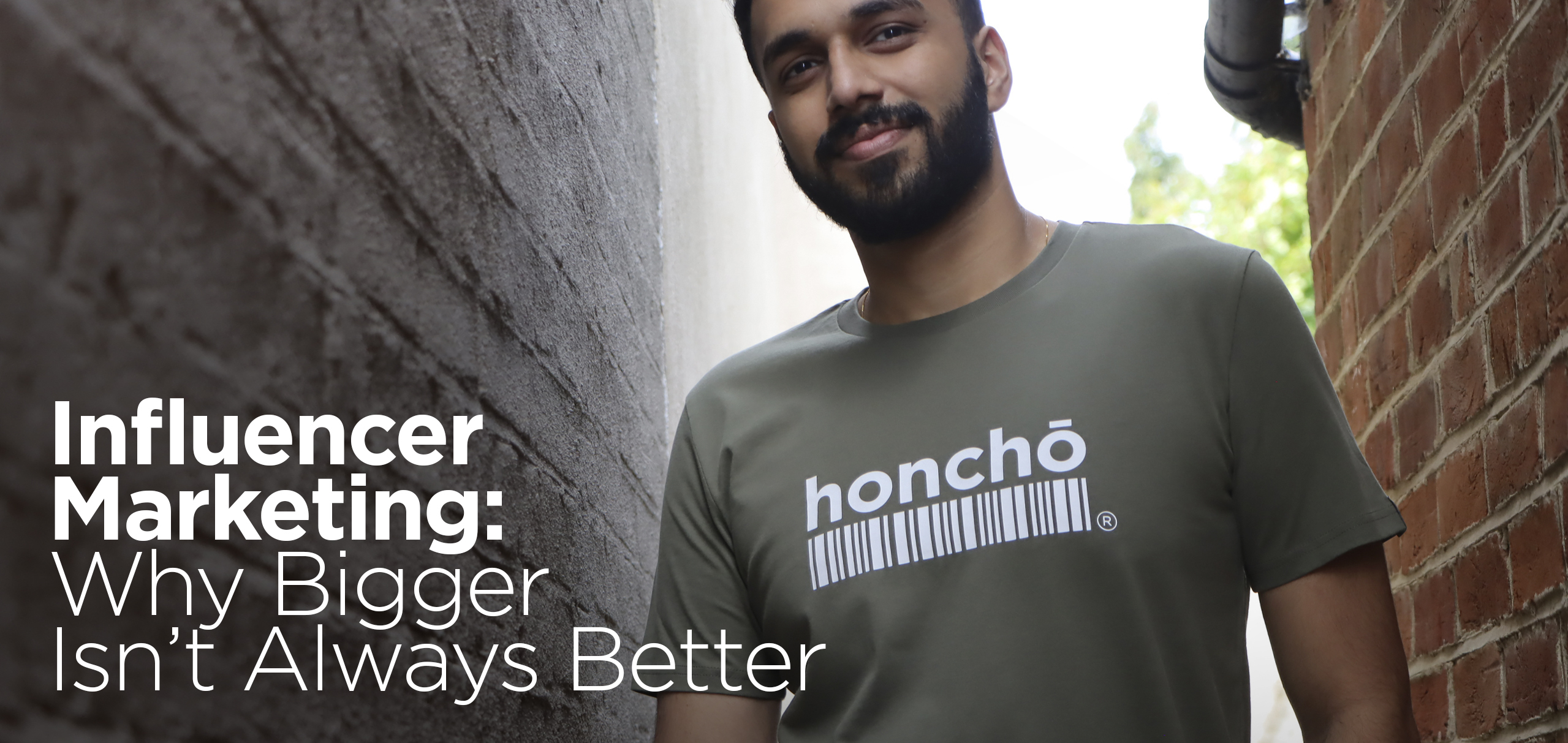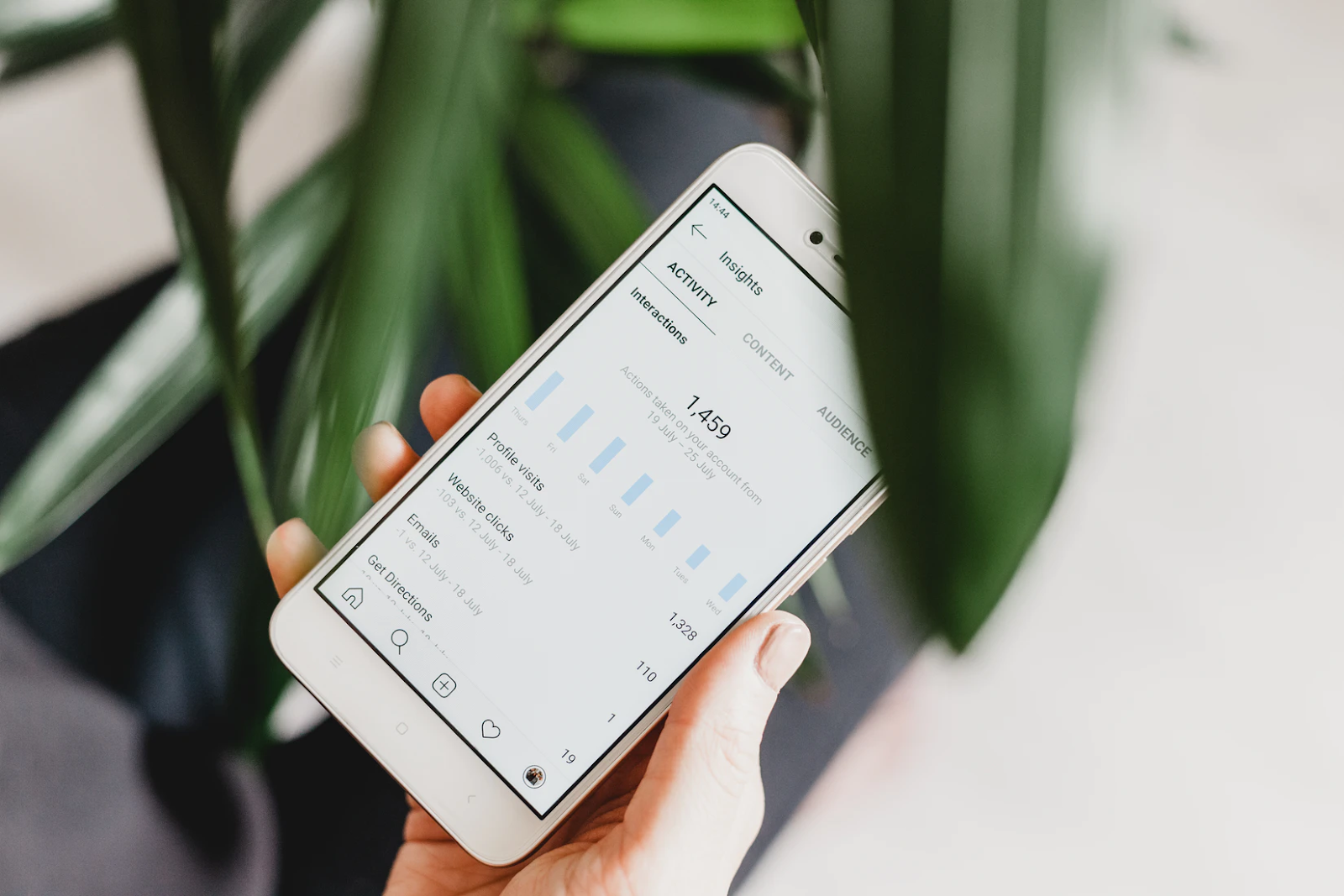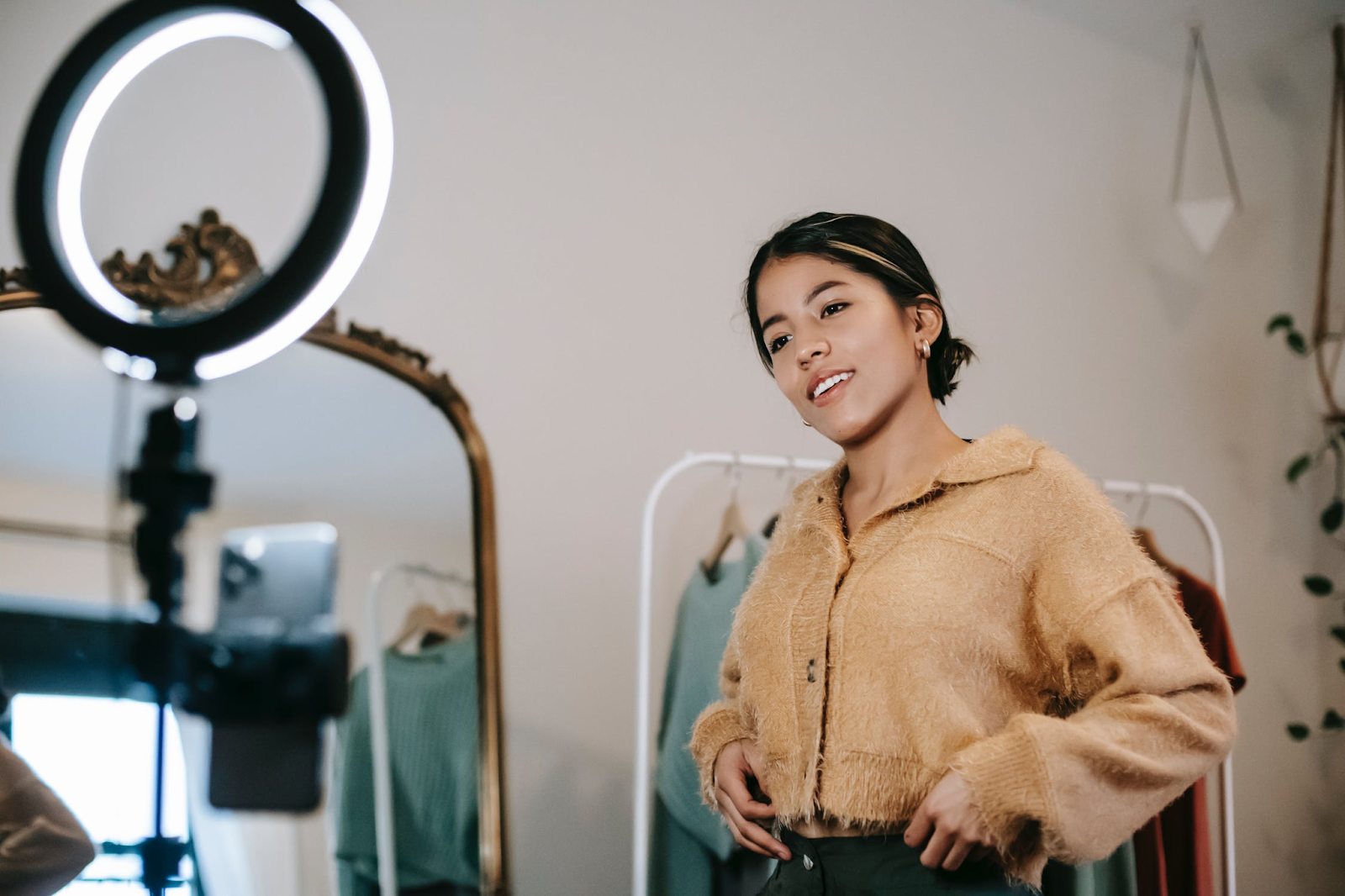3 min read
Honchō Scoops Up Two UK Search Awards!
It’s official, we've added not one, but two shiny trophies to our awards cabinet! We’re over the moon to share that we’ve triumphed at the UK Search...
3 min read
Ella Grappy : Jun 11, 2021 11:34:44 AM

Antoinette is a Digital PR & Outreach Executive at Honcho, but she also has extensive experience as a micro-influencer on Instagram, YouTube and TikTok, where her fashion content has been viewed millions of times. Here she breaks down the burgeoning world of micro-influencing, and why it should be a part of your strategy in 2021.
In 2021 the rising stars of marketing campaigns are micro-influencers. This new wave of influencing has taken the industry by storm and changed social media marketing techniques forever.
What is a micro-influencer?
Influencers are sorted based on their number of followers. These can be grouped into five tiers:
But, what is it that makes them so attractive to marketers?

Although the number of following is lower for micro-influencers, the key reason they are attractive to brands is their engagement, authenticity and individuality.
Engagement rates are calculated by the number of followers divided by the average number of likes on a post. A 10% engagement rate is a rough idea of a solid engagement.
However, due to the Instagram algorithm, influencers with high followings struggle to get as many users to interact with their posts, whereas for micro-influencers this is far more attainable.
For example, it’s much easier for an influencer with 10k followers to get 1000 likes on a post than it is for an influencer with 1m followers to get 100k likes.
A reason beyond the algorithm for good micro-influencer engagement rates is that they are able to build more personable relationships with their followers. This is formed over time by interacting through their posts, stories and live streams.
It puts micro-influencers in a prime position where they have just enough followers to gain attention from brands, but also to build a close community on their platform. And as a result, this generally translates into successful brand deals, as it would mean a better return on investment.
Building a community on Instagram ties into the next point: Authenticity. A micro-influencer has more opportunity to win over their audience. Many worry that influencers with a large following are disingenuous, because they are often offered hefty contracts and may only be promoting a brand or product for the cash.
It’s also much easier for users to feel detached from these macro-influencers, as they are regarded in the world of celebrity! A micro-influencer will not only naturally be more appreciative of collaboration, but also come across more like a real person with a genuine passion for a product.
A recent marketing report showed that 82% of consumers said they’re likely to buy something recommended by a micro-influencer.
The audience that a micro-influencer taps into is far more niche than a macro-influencer, who may have gained a following across several countries, genders and financial backgrounds.
A smaller following generally means a more focused fan base that has taken a particular interest in the traits that influencer portrays on their social media, whether it be their style or skill.

In 2021, brands have developed micro-influencer marketing strategies that are saving them money but getting them more engagement. You can collaborate with micro-influencers through ‘gifting’ as well as paid adverts.
A 2020 study showed that brands allocate an average of 47% of their budget to micro-influencer marketing.
Influencer gifting is the most popular way that brands collaborate with influencers, as it’s a simple, affordable way to get promotion from popular individuals. Micro-influencers are generally more appreciative of gifting, and it’s a great way for a brand with a low budget to get people talking about their products.
However, even though an influencer at any number of followers may accept gifting, this does not (and should not) mean that the influencer is obligated to promote. It is important to note that no matter the following, creating content for a brand is work.
Don’t mistake gifting micro-influencers as an easy way for generating tonnes of free promotion, especially if you are planning on building a valuable relationship with them.
That being said, micro-influencers would regularly work on a gifted basis, and may especially be excited to be gifted by a brand they feel passionate about or resonate with.
Remember, regardless of size, influencers know their worth. Instagram posts with a following of 10,000 followers can range anywhere from £50 to £150 depending on engagement rates. A useful source is websites such as Inzpire.me, which estimates how much an influencer would charge for different kinds of Instagram content.
Paying influencers has its upsides, as this way you can negotiate contracts that guarantee the influencer will deliver high-quality content that is well suited to your brand.
Although micro-influencers don’t reach the same amount of users as influencers with hundreds of thousands of followers, the many upsides of working with them can be beneficial for a variety of brands.
From start-ups to giants, there are bouts of opportunity in collaborating with micro-influencer to produce high quality and enthusiastic content.
Next time Antoinette will be talking about her personal experience with micro-influencing, and some of the major dos and don’ts for brands when it comes to approaching influencers for content.
Stay up to date with the latest in influencer marketing, digital PR and outreach on our LinkedIn.

3 min read
It’s official, we've added not one, but two shiny trophies to our awards cabinet! We’re over the moon to share that we’ve triumphed at the UK Search...

5 min read
Understand ecommerce attribution models which attribution models can maximise your marketing efforts and ROI.

3 min read
Explore how social commerce is changing the way we shop online, blending social interactions with digital commerce for a seamless buying experience.